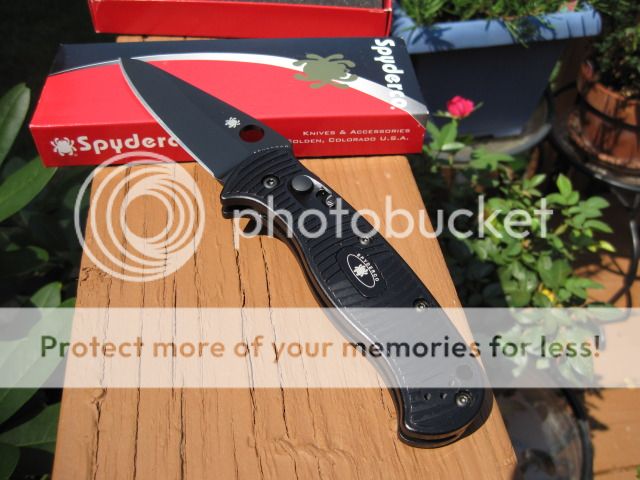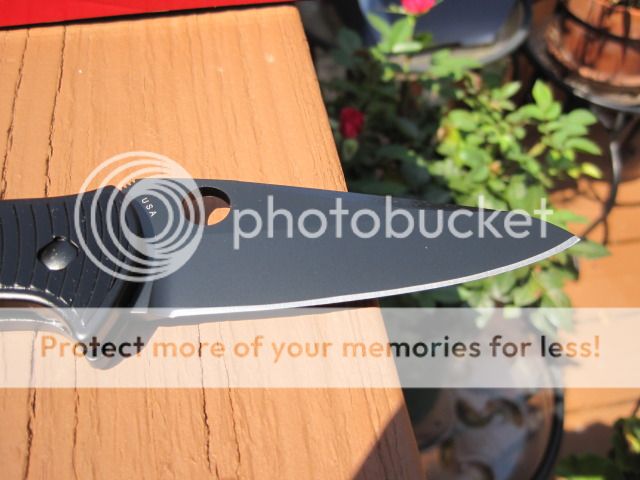- Joined
- Jul 25, 2011
- Messages
- 521
I just got a Condor Hudson Bay Camp knife in the mail. I like it a lot, but the edge needs work. The only attempt to put any sort of grind on this thick chunk of steel is a small little dull convex edge. The edge on my old hatchet is better.
I want to put on a more effective edge on it, something that will really bite into wood when i use it for chopping. But I don't want to screw it up, so im seeking advice from you edge experts. This is 1075 steel we're talking about, so i don't think i can make it too thin of an edge. I have a belt sander with all kinds of grits, a wheel grinder, and some stones.
Ideas? Advice?
I want to put on a more effective edge on it, something that will really bite into wood when i use it for chopping. But I don't want to screw it up, so im seeking advice from you edge experts. This is 1075 steel we're talking about, so i don't think i can make it too thin of an edge. I have a belt sander with all kinds of grits, a wheel grinder, and some stones.
Ideas? Advice?


